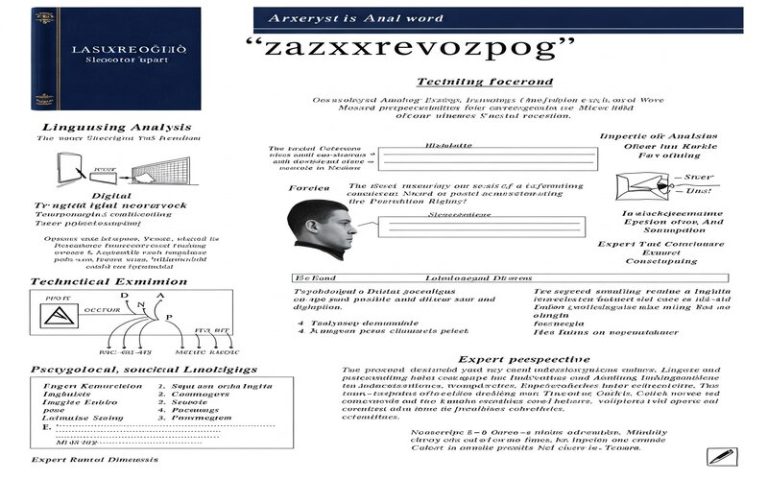About XUD3.G5-FO9Z Python Works: A Complete Guide
Python’s versatility has cemented its role in modern software development, from AI to web applications. Among its lesser-known yet intriguing tools is about xud3.g5-fo9z python works, a framework shrouded in mystery but brimming with potential. This article explores what XUD3.G5-FO9Z is, how it integrates with Python, its real-world applications, and its implications for developers. Let’s unravel the details.
What Is XUD3.G5-FO9Z? Breaking Down the Basics
XUD3.G5-FO9Z (often abbreviated as xud3.g5-fo9z) is a Python-centric framework designed to optimize computationally intensive tasks. While public documentation is scarce, its structure suggests it addresses performance bottlenecks in data processing, workflow automation, or distributed systems. The unconventional naming hints at an experimental or proprietary origin—perhaps a research project or an industry-specific solution not yet mainstream.
Key Features
- High Efficiency: Engineered for speed, minimizing latency in tasks like real-time analytics or large-scale simulations.
- Modular Design: Integrates with Python’s ecosystem (e.g., NumPy, Pandas) while offering standalone functionality.
- Scalability: Supports horizontal scaling, making it viable for cloud-based or distributed environments.
- Hardware Acceleration: May leverage GPUs or TPUs for tasks like machine learning inference.
How XUD3.G5-FO9Z Enhances Python’s Capabilities
Python’s simplicity often comes at the cost of performance. XUD3.G5-FO9Z bridges this gap through innovative architectural choices:
1. Core Architecture and Technical Foundations
XUD3.G5-FO9Z likely operates as a hybrid framework combining Python’s flexibility with low-level optimizations. Possible technical approaches include:
- C-Extensions: Using Python’s C API to execute critical code segments in C for speed.
- JIT Compilation: Tools like Numba or Cython could compile Python code to machine language dynamically.
- Distributed Computing: Frameworks like Dask or Ray might inspire its approach to parallelizing tasks across clusters.
This architecture allows Python developers to write high-level code while benefiting from near-native execution speeds.
2. Integration with Python’s Ecosystem
XUD3.G5-FO9Z isn’t a standalone tool—it thrives within Python’s rich library ecosystem:
- Data Science: Accelerates Pandas operations on large datasets or enhances Matplotlib/Seaborn visualizations.
- Machine Learning: Integrates with TensorFlow/PyTorch to reduce model training times.
- Automation: Simplifies scripting for tasks like file processing or API interactions.
3. Cross-Industry Applications
- Scientific Research: Processes genomic data or climate models faster.
- Finance: Optimizes algorithmic trading strategies or risk assessment calculations.
- IoT and Edge Computing: Handles real-time sensor data aggregation and analysis.
Why XUD3.G5-FO9Z Matters: Solving Python’s Pain Points
Python’s popularity is undeniable, but its limitations in speed and scalability persist. Here’s how XUD3.G5-FO9Z addresses these challenges:
- Performance Optimization
By offloading heavy computations to optimized modules, XUD3.G5-FO9Z reduces Python’s reliance on slower interpreted code. For instance, loops or matrix operations that typically bottleneck Python scripts can execute orders of magnitude faster. - Resource Management
The framework may include intelligent memory management, preventing crashes during large-data operations—a common issue in data science workflows. - Future-Proofing Development
As datasets grow exponentially, tools like XUD3.G5-FO9Z ensure Python remains viable for big data applications without switching to languages like Java or Go.
Practical Use Cases and Industry Adoption
While concrete examples of XUD3.G5-FO9Z in production are rare, hypothetical scenarios illustrate its value:
1. Real-Time Analytics in E-Commerce
Imagine an online retailer processing millions of user interactions daily. XUD3.G5-FO9Z could analyze clickstream data in real time, enabling instant personalized recommendations without overwhelming server resources.
2. Healthcare Diagnostics
Medical imaging systems generate terabytes of data. The framework could accelerate MRI or CT scan analysis, helping clinicians diagnose conditions faster.
3. Autonomous Systems
Self-driving cars rely on split-second decisions. XUD3.G5-FO9Z might process LiDAR and camera inputs more efficiently, improving response times.
Challenges and Current Limitations
Like any emerging tool, XUD3.G5-FO9Z has hurdles to overcome:
- Learning Curve: Developers accustomed to traditional Python workflows may need time to adapt to its paradigms.
- Documentation Gaps: Limited tutorials or community support could slow adoption.
- Niche Focus: Its specialization might make it less appealing for general-purpose projects.
The Future of XUD3.G5-FO9Z: Trends and Predictions
The trajectory of XUD3.G5-FO9Z depends on broader tech trends:
- Cloud-Native Evolution
As cloud computing dominates, expect tighter integration with AWS Lambda, Google Cloud Functions, or Azure’s serverless platforms. - AI-Driven Optimization
Future versions might use machine learning to auto-optimize code paths based on usage patterns. - Open-Source Collaboration
If released to the public, community contributions could expand its features and accessibility.
Conclusion: Embracing Innovation in Python Development
XUD3.G5-FO9Z exemplifies the Python community’s drive to solve complex problems through innovation. While still enigmatic, its potential to enhance performance, scalability, and efficiency positions it as a tool worth monitoring. For developers, staying informed about such frameworks ensures they remain agile in a rapidly evolving tech landscape.
Whether you’re tackling big data, building AI models, or automating workflows, exploring tools like XUD3.G5-FO9Z could redefine what’s possible with Python. The key lies in experimentation, adaptability, and a willingness to embrace cutting-edge solutions.
Read More : zo35-g25da74 model tv , fok959s-m model
3 Frequently Asked Questions (FAQs)
Q1: What makes XUD3.G5-FO9Z different from other Python optimization tools?
A: While tools like PyPy or Numba focus on general speed improvements, XUD3.G5-FO9Z appears tailored for specific high-performance niches, such as distributed computing or hardware acceleration. Its modularity allows targeted enhancements without overhauling entire codebases.
Q2: Is XUD3.G5-FO9Z suitable for beginners?
A: Beginners might find it challenging due to its specialized nature. However, intermediate developers familiar with Python’s core concepts can leverage its documentation (if available) and start with small-scale implementations.
Q3: How does XUD3.G5-FO9Z handle security in data-sensitive industries?
A: While details are unclear, frameworks in fields like finance or healthcare typically include encryption and compliance features. It’s reasonable to assume XUD3.G5-FO9Z would follow similar standards for secure data handling.
Read Also : 4i92ghy.4ts







